When and how to harvest vegetables: follow our handy guide
Harvest vegetables as summer draws to a close to ensure you pick them at the right time, then follow our top tips on how to store them properly for maximum freshness
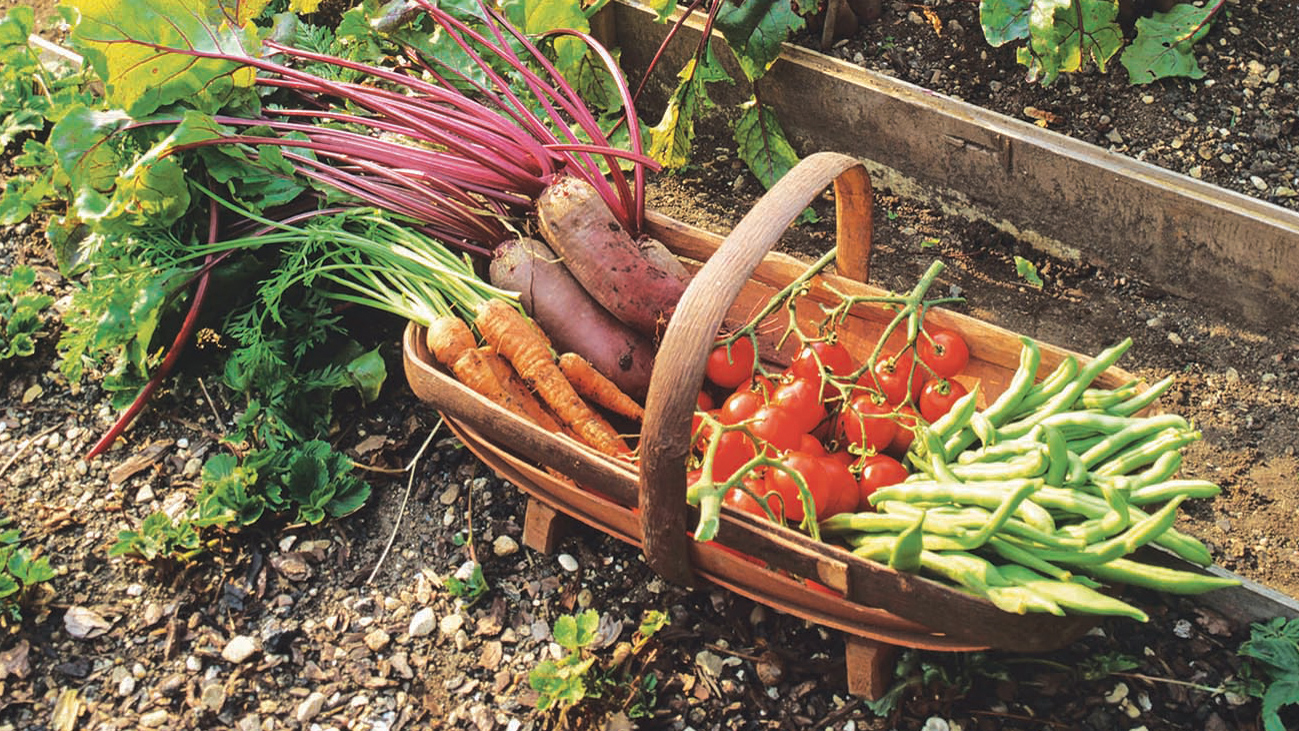

It’s the season where you get to harvest vegetables and reap the rewards of all your hard work this summer. Whether you've been growing your garden crops in raised beds, containers or just a few grow bags on your patio, it's important to pick vegetables at the right time and store them in the best way too.
One of the joys of growing your own is being able to pick vegetables at their best, and nothing beats that perfectly fresh flavour when they've gone straight from plot to plate. So if you’re new to growing vegetables, how do you tell when it’s the right time? To help you on your way, we've put together top tips on harvesting some of the most popular veg you can grow in your garden so you can make sure you pick them at the perfect time. Plus, there's advice on how to store them to keep them as fresh as possible for longer, and ways to preserve them to create tasty snacks you can enjoy all year long.
1. Tomatoes
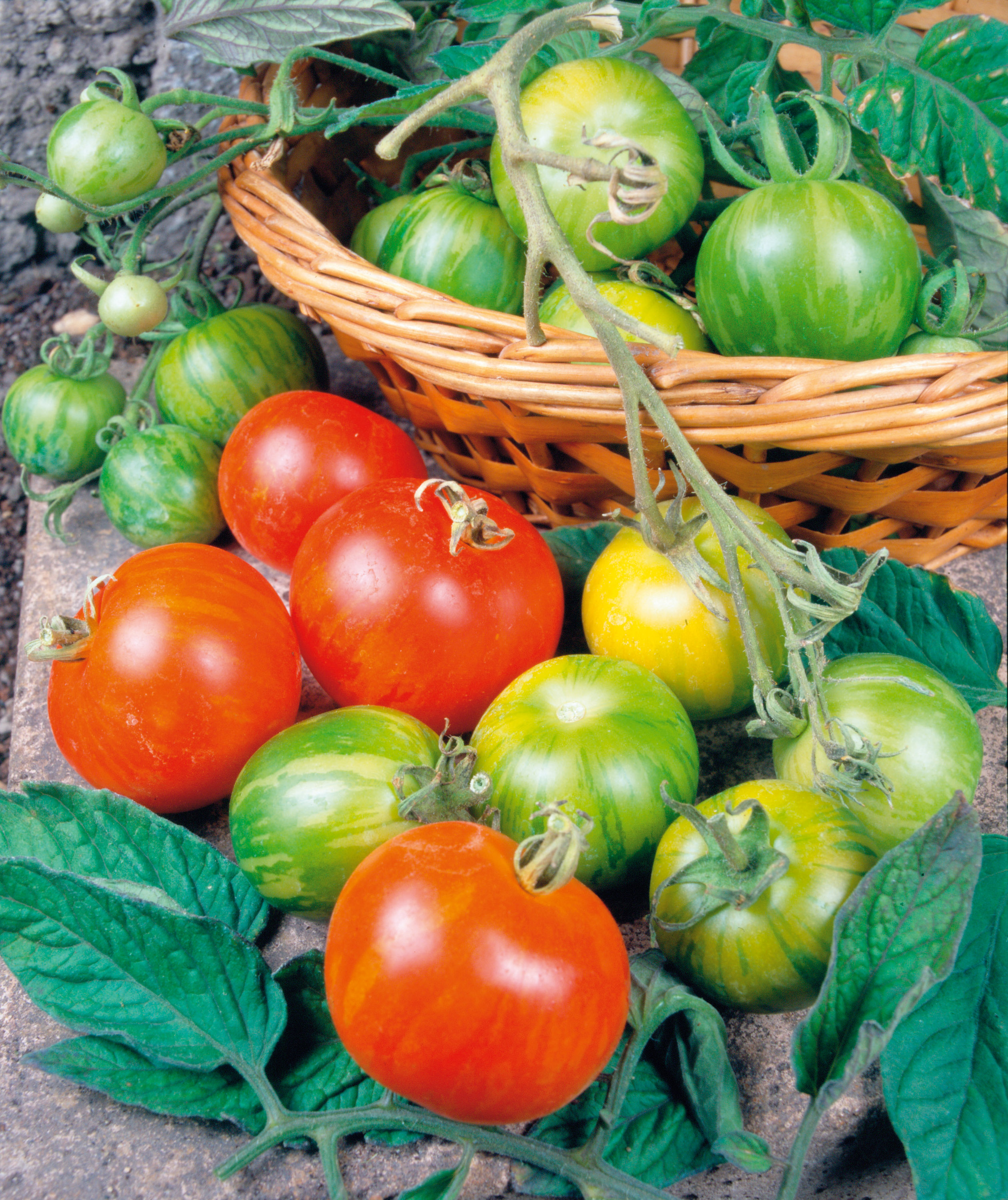
As soon as tomatoes turn a deep red colour, pick them and eat within a couple of days. If there are any that are still green and unripe by the end of the season, put them in a warm room to ripen. Alternatively, why not use them to make chutney?
- Learn more about how to grow tomatoes in our guide
2. Herbs
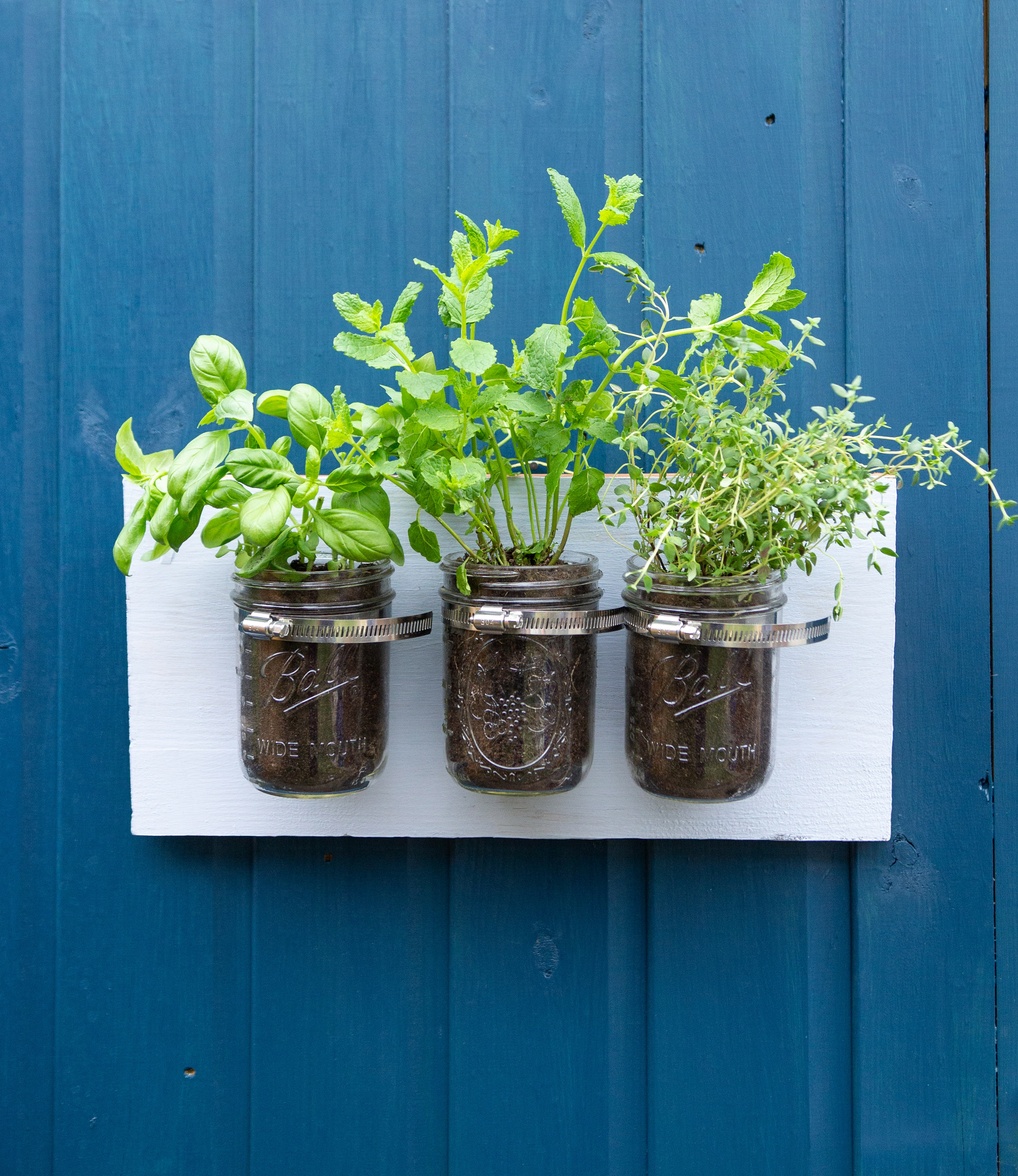
Snip away at herbs as and when you need them. If you have a bumper crop pick them in late summer and preserve them by drying or freezing in plastic bags to enjoy a plentiful supply during the colder months. Some herbs can be picked in winter too, such as rosemary and bay leaves. Not sure on the best herbs to grow in your garden? We've got the lowdown in our guide.
3. Courgettes
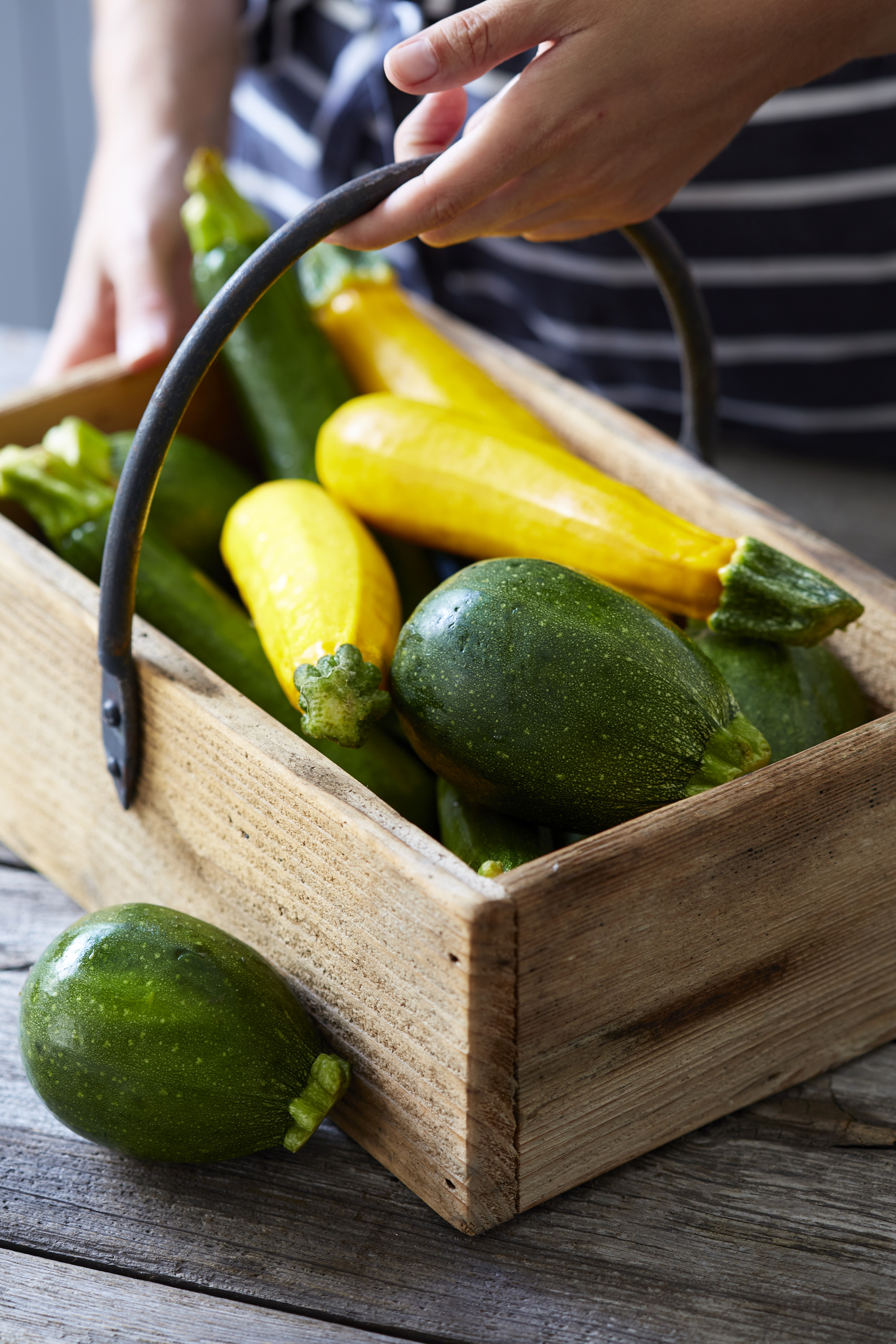
These should be harvested frequently for continued cropping. So pick them as soon as they’re big enough. Don’t leave them for too long before you eat them though, as they can become spongy and bitter tasting.
- How to grow courgettes: follow our top tips
4. Onions
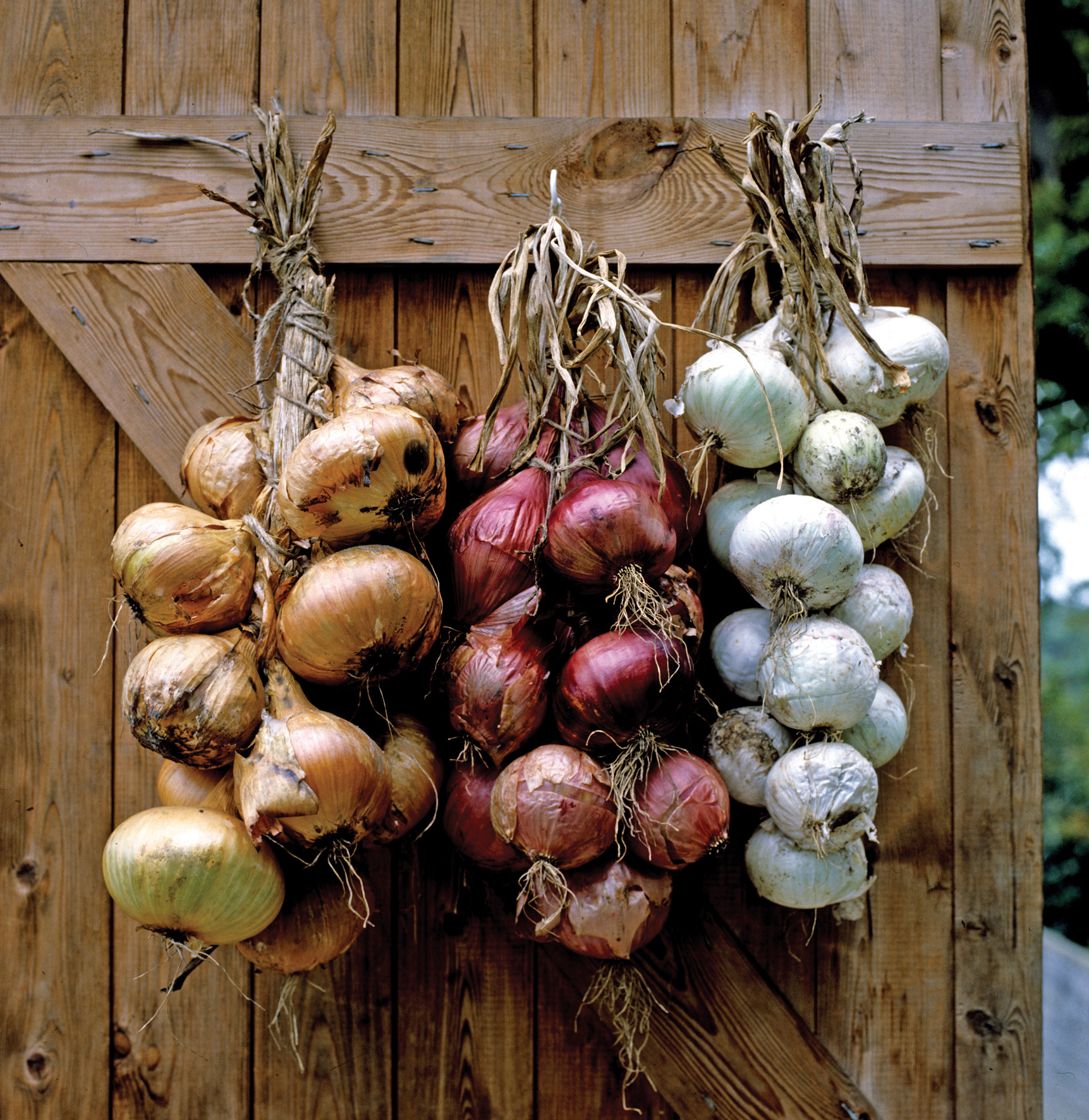
Reaching maturity in late summer and early autumn, onions must be allowed to ripen properly for storage over winter. Once the leaves start to flop over at the neck, bend the rest over in the same way and loosen them in the soil with a fork. If it’s not raining, leave to dry for a day or two, then move to a cool, airy place.
- Top tips on how to grow onions
5. Potatoes

These are harvested when the foliage starts to die down in late summer. Gently tease the tubers up with a fork and leave them to dry on the soil surface for a little while before storing them in a thick paper sack in a cool, dark place.
- Find out how to grow potatoes for a bumper crop every time
6. Peas

Pick the pods while they’re slightly swollen and still a fresh green colour. If you wait until the skins turn papery and silver, the peas will be tough instead of sweet and tender. A good tip is to pop open a couple of pods to check the size before you strip all your plants.
7. Carrots
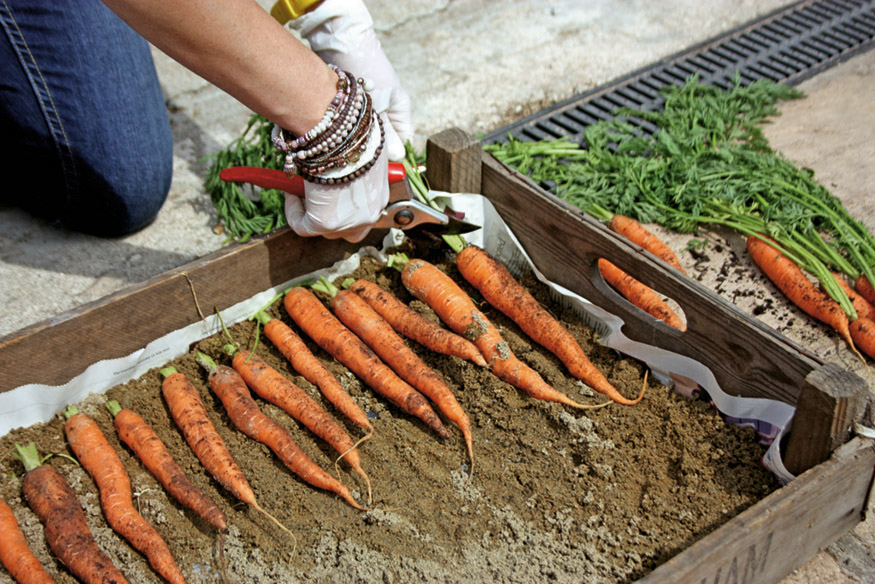
Tiny carrots are crisp and tender but older carrots tend to be sweeter tasting. So the longer you leave them to mature, the better. They can be left in the ground happily all season and even over winter if they’re in a sheltered spot.
8. Chillies
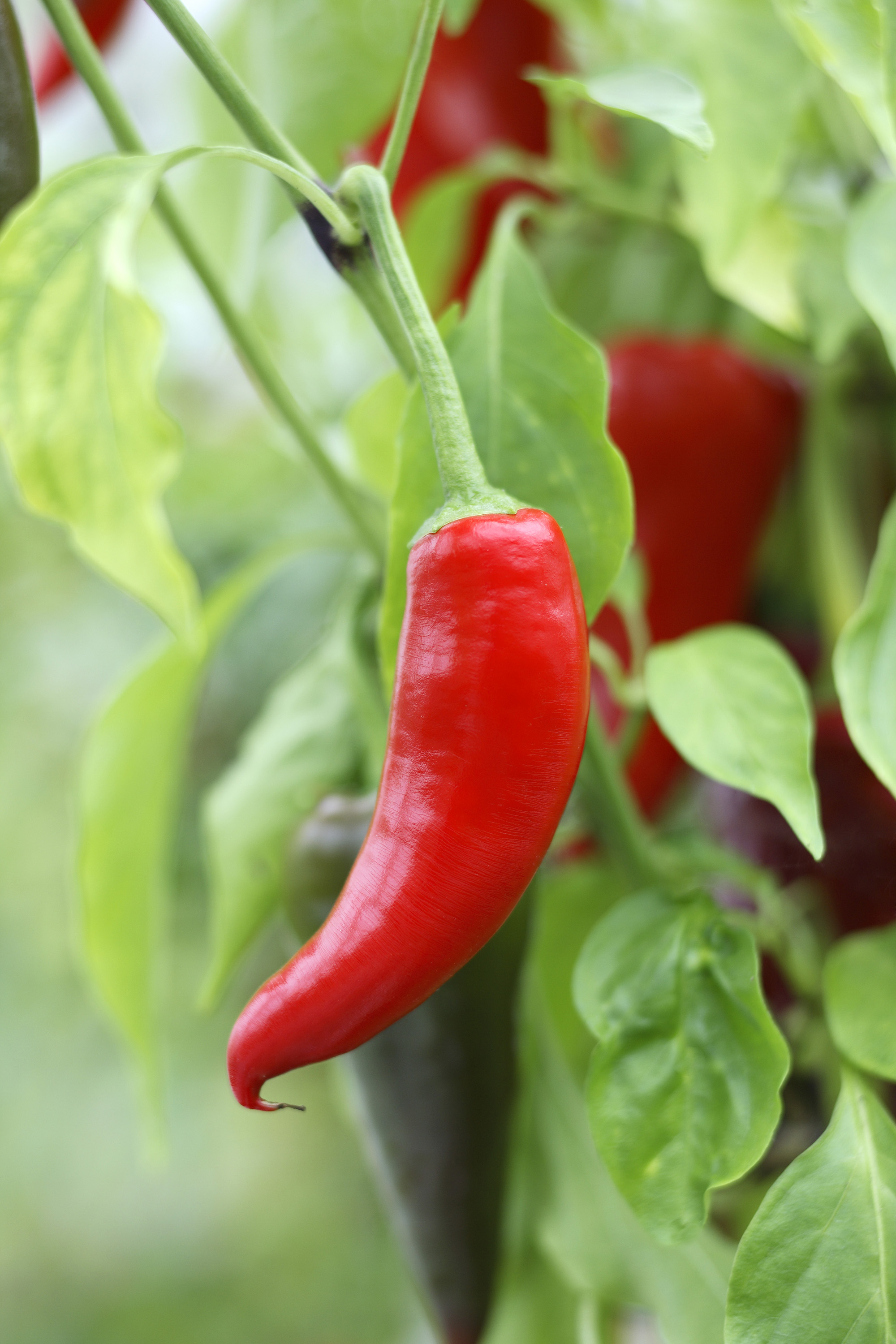
When you are ready to pick a chilli, gently pull and twist it off the plant making sure you hold the main plant stem so that you don't snap it. Then dry or preserve them. Picking chillies regularly means you will get more. Ones left to ripen to a red colour have the best flavour, and are good for drying.
- Learn how to grow chillies and get a plentiful supply
How to store vegetables
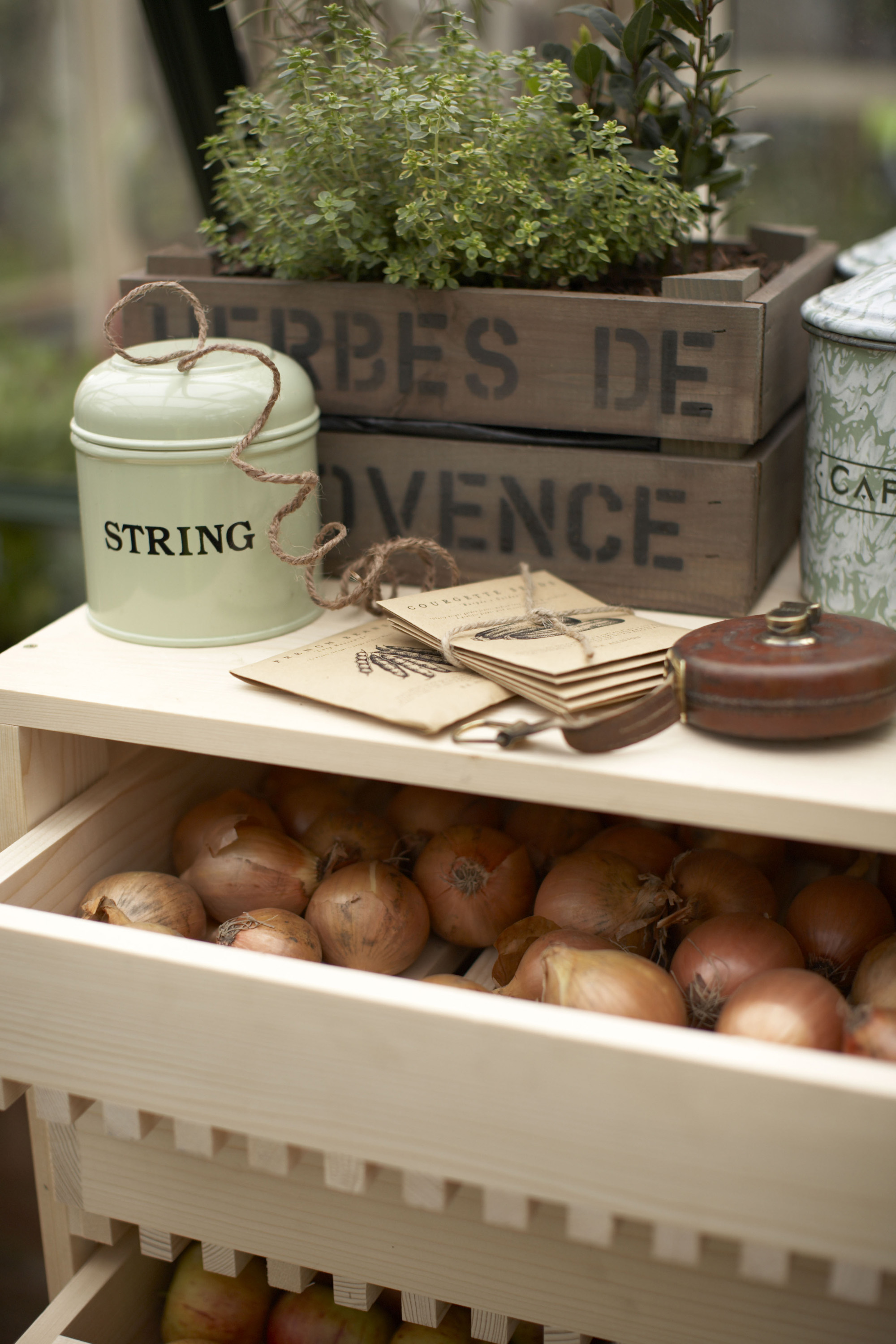
If you have a glut of produce, there are ways to ensure that they keep you going over winter. As soon as they’re picked most crops begin to lose moisture, which means their texture and flavour deteriorates, too. Don’t leave them too long so all they’re good for is the compost heap! Polythene bags are good for slowing down the ageing process but try to reuse these for environmental reasons.
Freezing harvested vegetables
Most vegetables will freeze well. You can cook them and freeze, or chop them raw and blanch them before you cook them.
Storing potatoes
Potatoes must be kept in paper sacks rather than plastic. Don’t expose them to light and keep them cool. Slatted wooden boxes are another good choice for storing vegetables.
Leave vegetables in the ground
Many root crops, such as carrots, parsnips and turnips, and hardy leeks can be left in the ground over winter and dug up when needed.
Preserving vegetables in jars
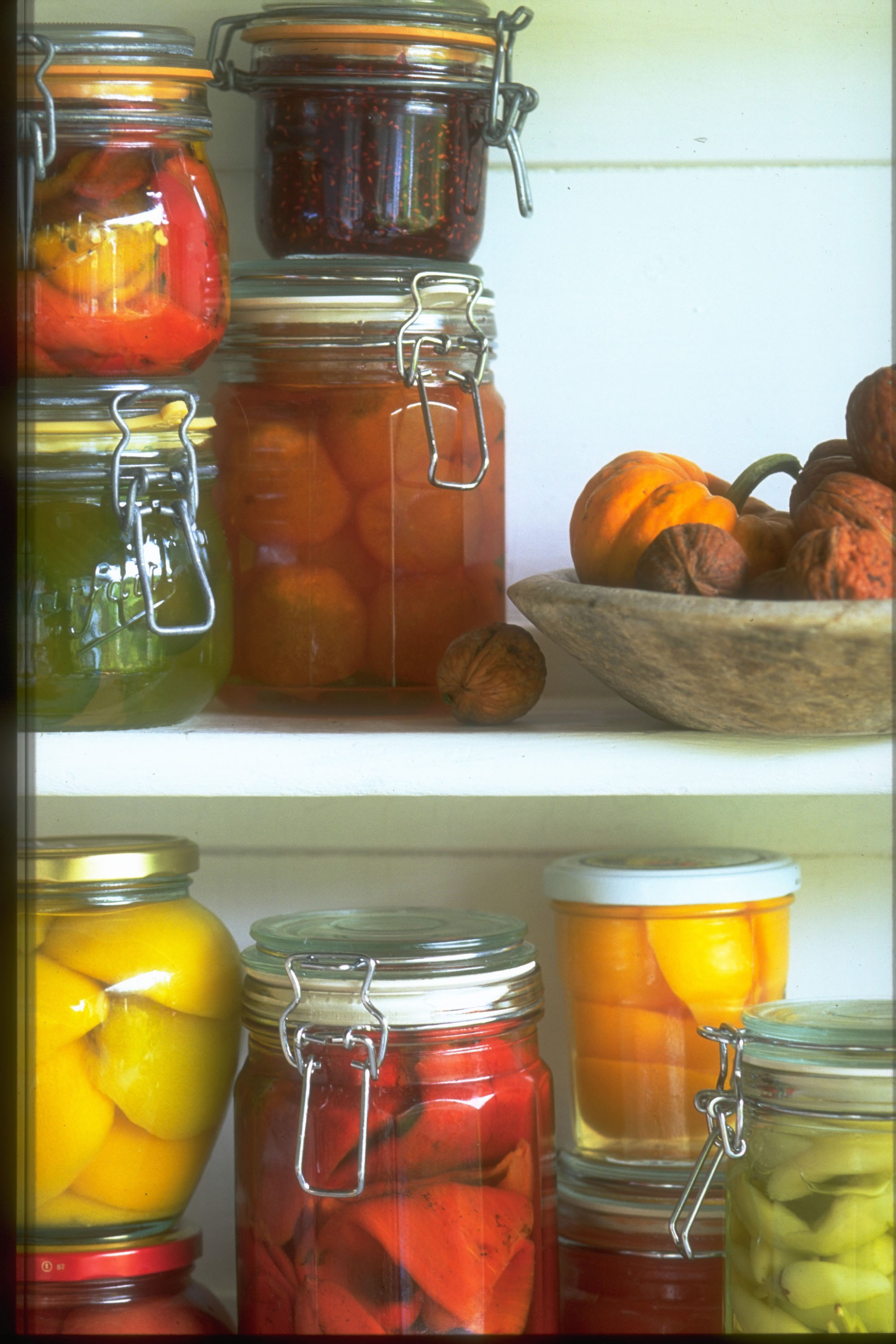
Another great way to make use of your harvested vegetables is to preserve them in jars so you can use them over the winter months.
To prep the jars
Use a glass jar that can be sealed completely. Sterilise thoroughly by first washing in hot soapy water and rinsing, then heat them in the oven for 10 minutes and soak the lids in boiling water. Alternatively, remove labels and microwave for 30 seconds after washing.
Store your vegetables
One option is to slice your vegetables and pack them inside the jar. Heat your pickling liquid to boiling point, then pour it inside the jar to submerge the vegetables. Replace the lid and leave to cool completely for a couple of hours before putting them in the fridge.
Alternatively, you could slice and cook your vegetables, allow to cool before you place them in the jar and then fill the jar with extra virgin olive oil and store in the fridge to use over the coming weeks.
To finish
Add a decorative label to the jars to personalise them and put a date on too. Then they can be given to friends as gifts.
More advice:

Lifestyle journalist Sarah Wilson has been writing about gardens since 2015. She's written for Gardeningetc.com, Livingetc, Homes & Gardens, Easy Gardens and Modern Gardens magazines. Having studied introductory garden and landscape design, she is currently putting the skills learned to good use in her own space where the dream is establishing a cutting garden.
